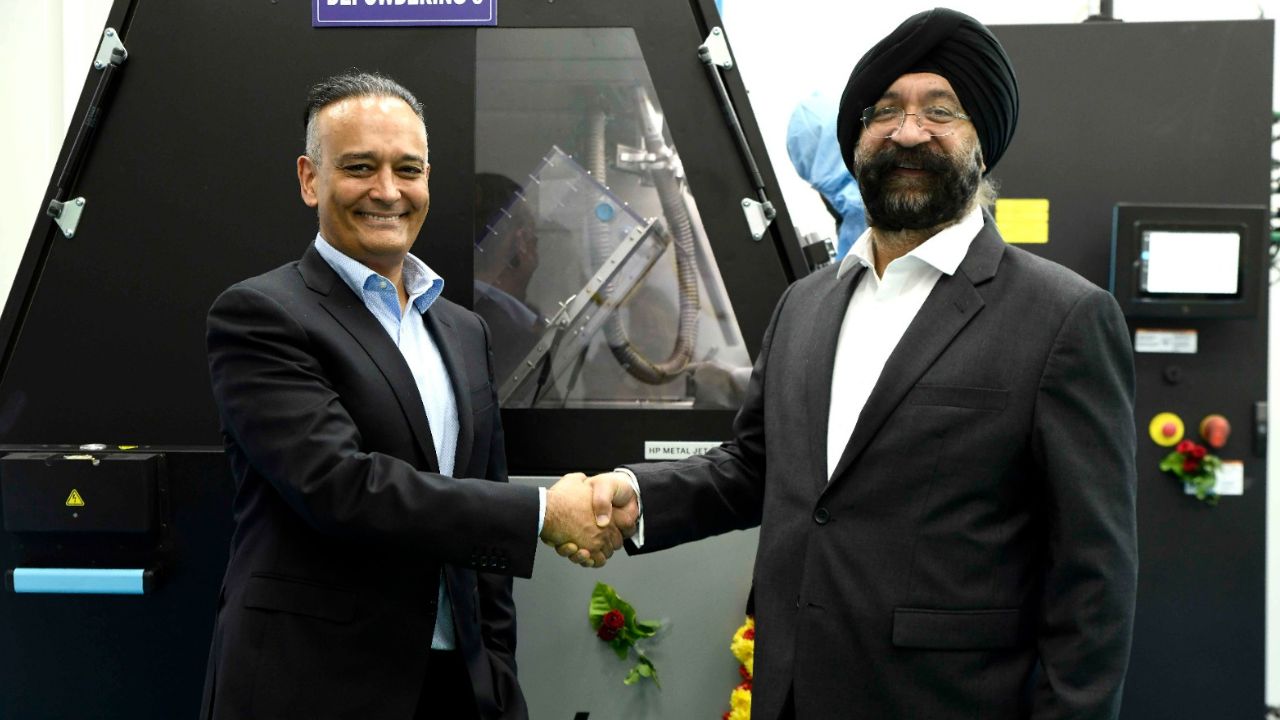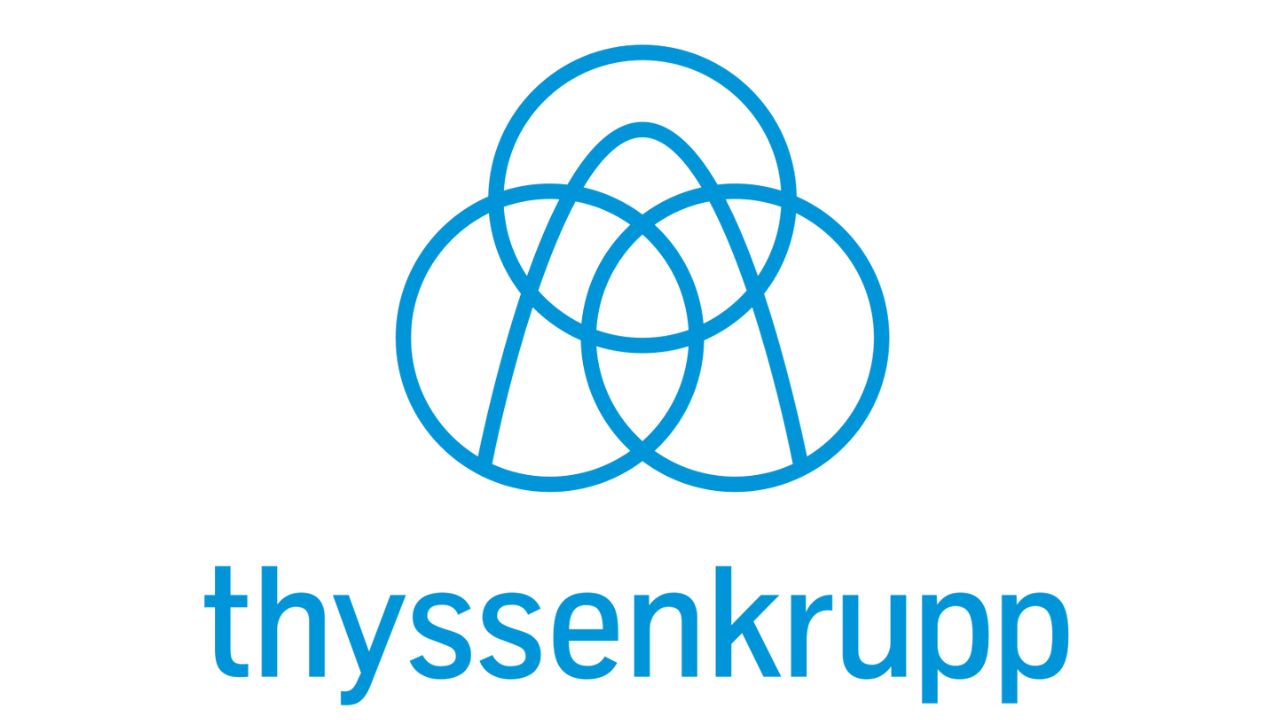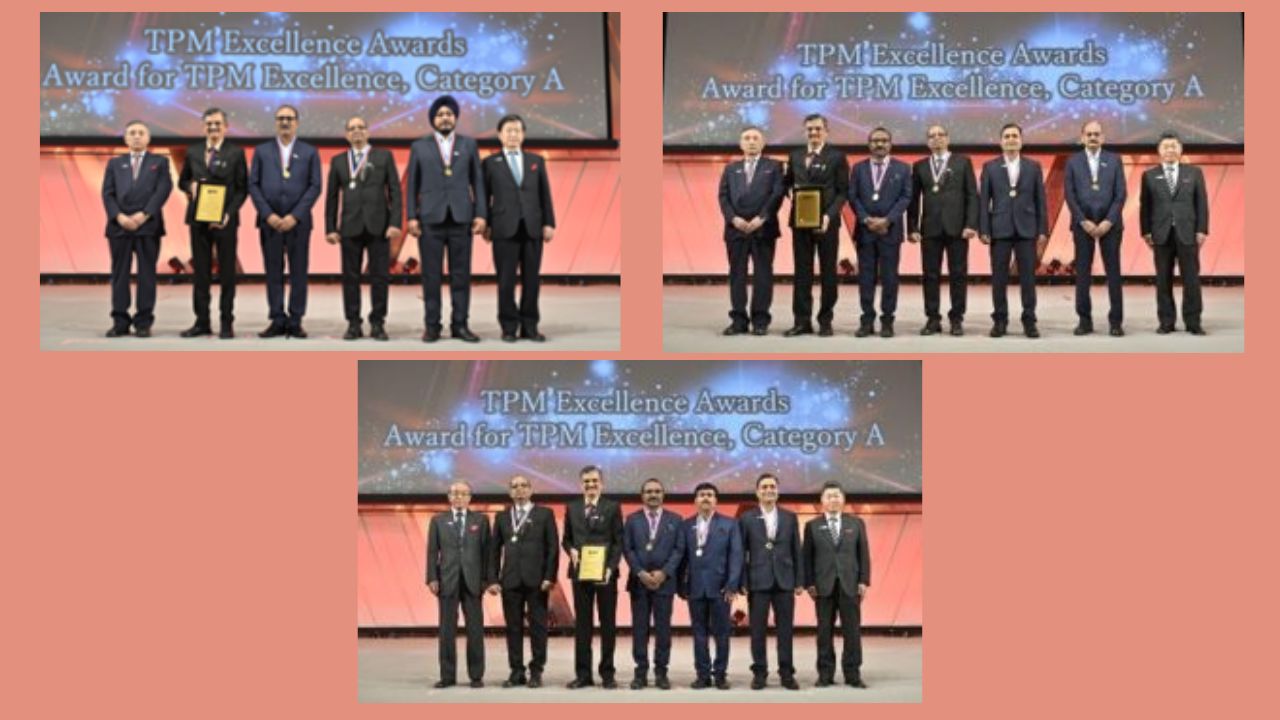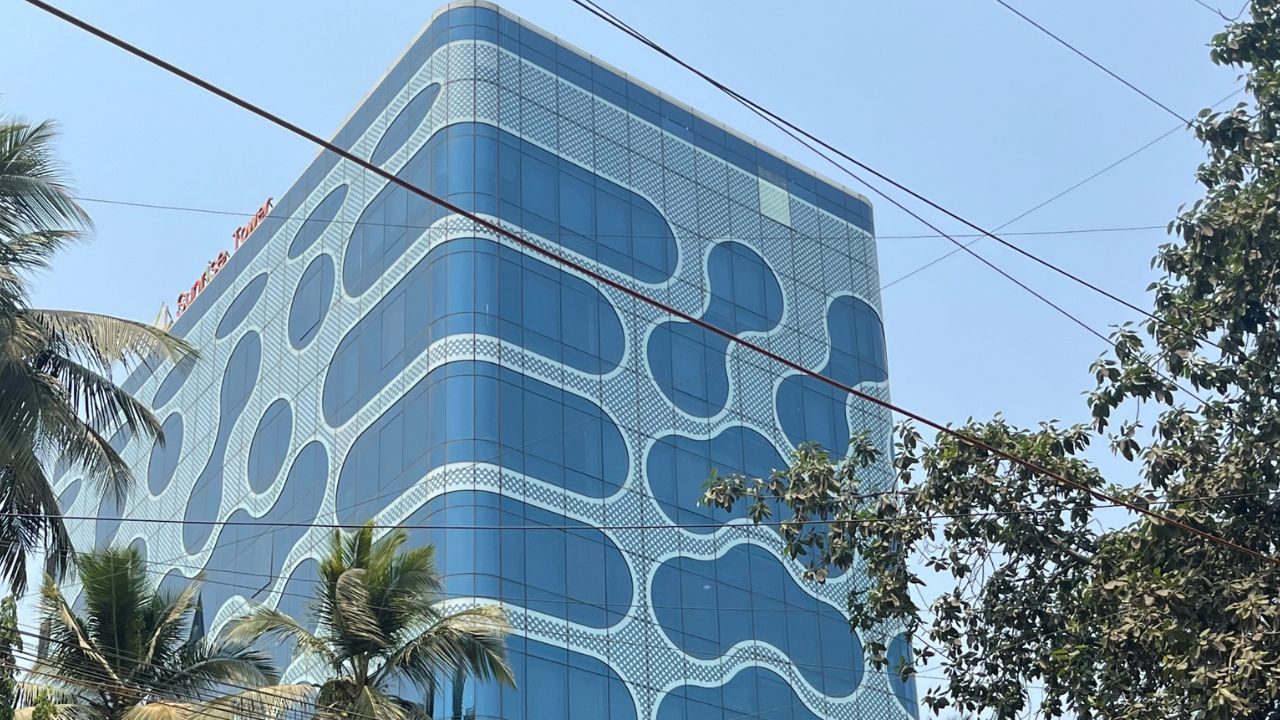“The HSBC final India Manufacturing PMI indicates that production growth continued to be strong, supported by both domestic and external demand. Manufacturing firms’ margins improved as input price inflation slipped to the lowest since July 2020. Buoyed by robust demand and improving profit margins, manufacturers have an optimistic outlook about future business conditions.” - Ines Lam, Economist at HSBC
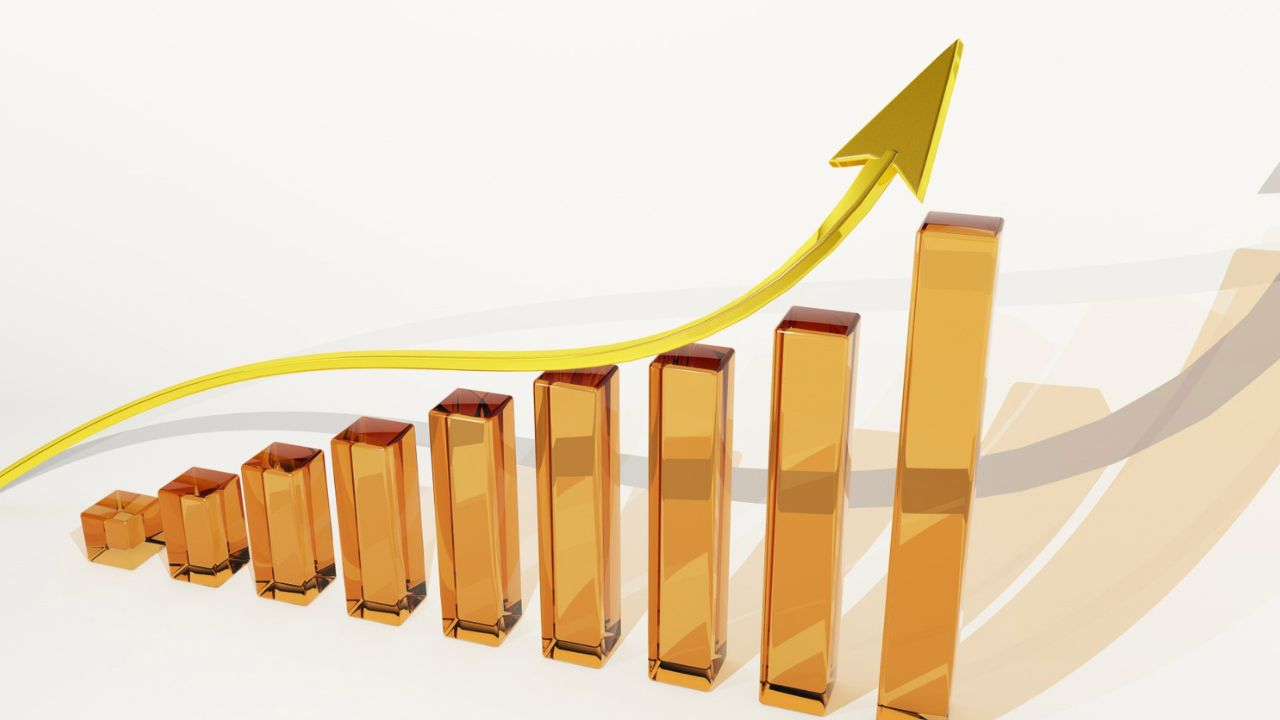
March 2024 : India’s manufacturing sector approached the end of the current fiscal year with a further pick-up in growth in February, according to the HSBC India PMI®. Production rose at the fastest pace in five months, fuelled the quickest increase in sales since last September and the strongest expansion in new export orders for 21 months.
An associated improvement in demand for raw materials meanwhile supported the rebuilding of input inventories, while supplier delivery times were broadly stable. Concurrently, purchasing cost inflation retreated to a 43-month low, with selling charges increasing to a lesser
extent as a result. The seasonally adjusted HSBC India Manufacturing Purchasing Managers’ Index™ (PMI) recovered further from December’s 18-month low, rising from 56.5 in January to 56.9 in February. The latest reading pointed to the strongest improvement in the health of the sector since September 2023.
Production levels were raised in tandem with a further steep increase in inflows of new orders, besides advanced technology and buoyant demand conditions. The upturn in manufacturing output was the strongest seen for five months and led by the capital goods category. Similarly, factory orders expanded at the quickest pace since September and one that was above the long-run series average. Firms indicated that marketing efforts continued to bear fruit, helped by a positive demand environment.
Notably, new export orders rose at the fastest rate in nearly two years, with anecdotal evidence highlighting Australia, Bangladesh, Brazil, Canada, mainland China, Europe, Indonesia, the US and UAE as sources of demand growth. Input costs meanwhile increased only fractionally, with the rate of inflation subsiding to the weakest in the current sequence of inflation that stretches back to August 2020. Qualitative evidence highlighted higher prices for iron, paper and plastics parallel to reductions for cotton and steel.
Ines Lam, Economist at HSBC, said: “The HSBC final India Manufacturing PMI indicates that production growth continued to be strong, supported by both domestic and external demand. Manufacturing firms’ margins improved as input price inflation slipped to the lowest since July
2020. Buoyed by robust demand and improving profit margins, manufacturers have an optimistic outlook about future business conditions.”
Prices charged by Indian manufacturers increased at a slower rate, the joint-weakest since March 2023. Among the 8 percent of panellists that hiked their fees, there were mentions of the passing on of greater freight, material and wage costs to clients.
February saw a further pick-up in manufacturers’ purchasing activity, with the rate of growth up to the fastest since September 2023. Firms reportedly scaled up buying levels in response to greater production requirements, sustained increases in sales and to build safety stocks. Indeed, stocks of purchases rose at the fastest rate since last August as suppliers were comfortably able to deliver materials in a timely manner. Average lead times on inputs were broadly stable again in February, a trend that has been apparent for six months in succession.
Despite the uptick in growth momentum, manufacturing employment in India was little-changed halfway through the final fiscal quarter. Goods producers mentioned that payroll numbers were sufficient for current requirements.
The latest results indicated that capacity pressures at goods producers in India remained mild, as seen by only a slight increase in work pending completion. The uptick was also softer than that registered in January. Finally, February survey data indicated sustained optimism among manufacturers regarding the year-ahead outlook for production. The overall level of confidence was the second highest since December 2022.
NEWSLETTER
TRENDING ON PRO MFG
MORE FROM THE SECTION




